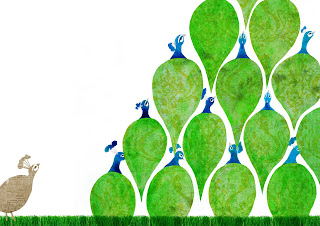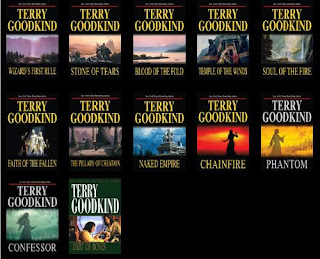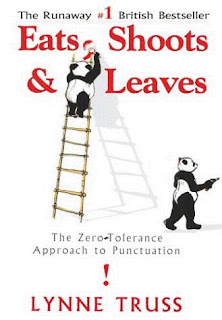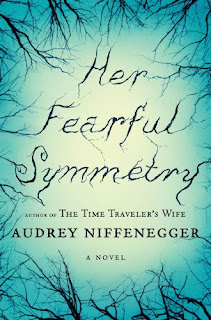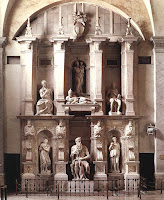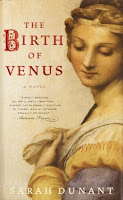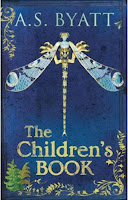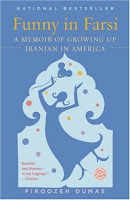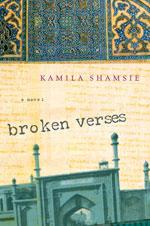Summary
Ella Rubenstein is a housewife, who lives a seemingly pleasant life in Northampton. However, she feels like something is missing from her life and eventually takes a job in a literary agency where she is asked to read a novel called 'Sweet Blasphemy by Scottish author, Aziz Z. Zahara. Based in thirteen century, Turkey, the novel talks about the legendary poet Rumi, whose life and worldview was forever transformed by the whirling dervish Shams of Tabriz. As she reads the novel, she begins communicating with the author and her own life is transformed.
Review
This was my first introduction to Elif Shafak’s writing and I will definitely be reading more of her work. The Forty Rules of Love is sensitively written and is beautifully subtle.
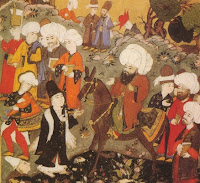 |
| Rumi meets Shams for the first time (Persian manuscript) |
‘Sweet Blasphemy’, which is a novel within the novel, talks about the relationship between the legendary poet Rumi and a dervish called Shams of Tabriz. Even though I am not religious and the Sufi way of life, which Shams lives by, forms the crux of the book, it was an engaging read. I have always loved Sufi music and it was really interesting to be plunged into the world of Sufi thought and philosophy. The book addresses the commonly held biases and misinformation about Sufi life, shown through the eyes of various individuals who disapprove of the dervish Shams. Sufi-ism is his way of life and yet, he is not restricted by the rules and rituals of the religious minded people around him. His interpretation of the Koran sharply contrasts with that of the scholars and the zealots who inhabit the 13th century world of Turkey.
 |
| Whirling drvishes |
The Forty Rules of Love explores how Shams’ love transforms Rumi and in parallel, reading ‘Sweet Blasphemy’, Ella, living in Northampton is drawn to its author Aziz, who becomes her modern day Shams. The quest for love and the spiritual quest fuse into one. Along with these parallel stories spanning the past and the present, Turkey and America, ‘Sweet Blasphemy’ itself is written by the points of view of various characters. This reminded me of My Name is Red, by Orhan Pamuk, another novel set in 13th century Turkey, though the style and subject matter is very different.
 |
| Rumi |
While Rumi and Shams share their thoughts on the Koran, we also hear the zealots as well as a drunk; a harlot, a leper and various other characters express their thoughts. I like the fact that the women characters all have strong voices, including the harlot Desert-Rosee, even though the Rumi-Shams relationship dominates the landscape of the writing. In Rumi’s household, his wife and adopted daughter, express doubts and opinions and question aspects of the Koran. While the book shows the transformative aspects of love, it also shows how people in Rumi’s household are torn apart by it.
Overall, the book is inspiring, imaginative and unforgettable. Cutting across time and space, it celebrates the universality of love, where love becomes spiritual, and spiritual longing is expressed through the language of love.
Other Interesting Stuff
Elif Shafak talks about
The Forty Rules of Love. click here
Rumi's poetry, discussion of Rumi-Shams relationship and more...
click here


